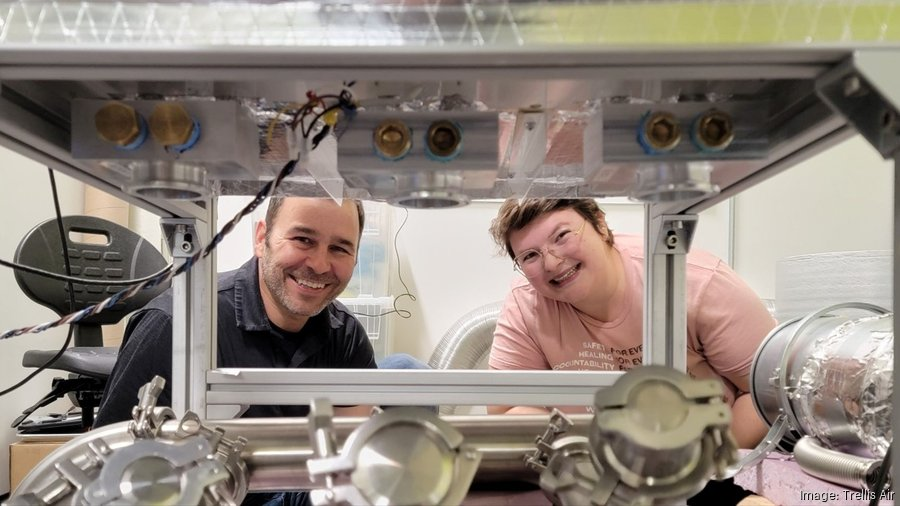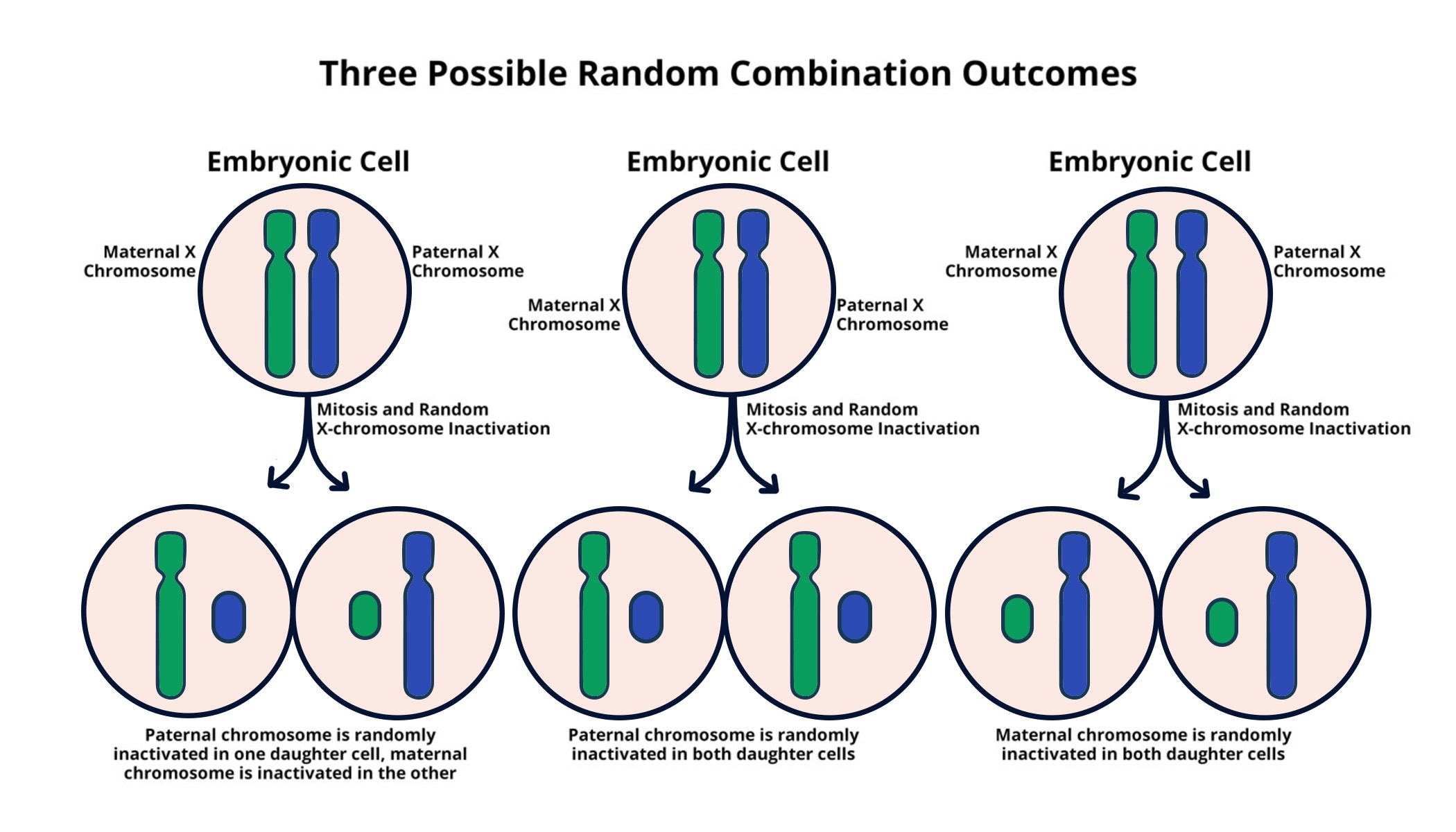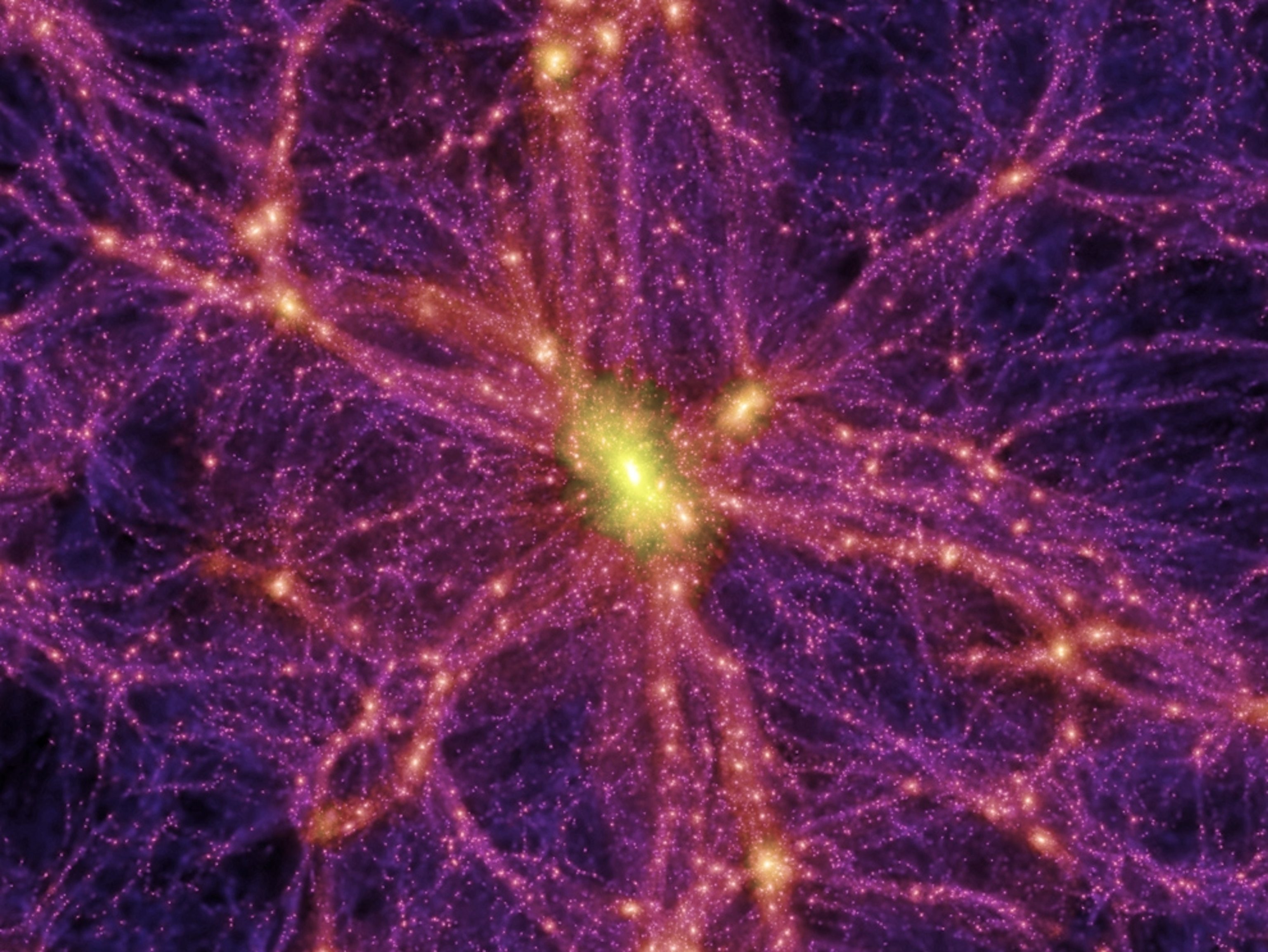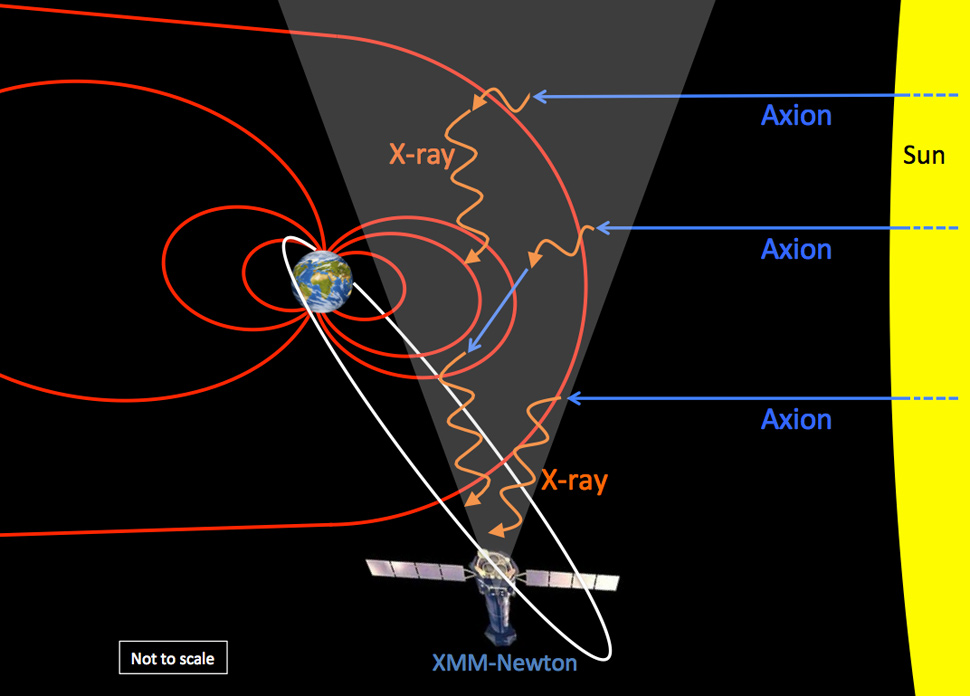
Evolution of Photosynthesis: Unveiling New Discoveries
The evolution of photosynthesis marks one of the most significant transformations in Earth’s history, enabling life as we know it. This remarkable process, wherein organisms like cyanobacteria convert sunlight into energy while releasing oxygen as a byproduct, laid the foundation for aerobic metabolism to flourish on the planet. As photosynthesis oxygen production surged during the Great Oxidation Event, it dramatically increased the levels of oxygen in the atmosphere, allowing for the development of diverse life forms. Recent discoveries, including the identification of methyl-plastoquinone, a unique molecule bridging anaerobic bacteria and photosynthetic processes, illuminate our understanding of this evolutionary leap. These insights not only enhance our knowledge of evolutionary biology but also reveal the intricate connections between oxygen production and consumption in the biosphere.
The progression of light-induced energy conversion, commonly referred to as photosynthesis, has profoundly influenced the planet’s biosphere. This biological advancement allowed primitive organisms, particularly cyanobacteria, to harness solar energy, leading to a surge in oxygen levels during a pivotal period known as the Great Oxidation Event. Understanding this phenomenon requires delving into evolutionary mechanisms and metabolic pathways, particularly how oxygen utilization evolved alongside its production. Recent research, highlighting compounds like methyl-plastoquinone, provides crucial insight into these metabolic links, suggesting that the capabilities for aerobic processes may have co-evolved with photosynthetic organisms. Consequently, this exploration continues to unravel the complexities of life’s origins and its intricate dependency on oxygen.
The Evolution of Photosynthesis: Key Discoveries
The evolution of photosynthesis is a crucial chapter in the history of life on Earth. About 2.4 billion years ago, cyanobacteria began to dominate the planet’s oceans, converting sunlight into energy and releasing oxygen as a byproduct in a process now known as photosynthesis. This major shift, often referred to as the Great Oxidation Event, transformed the planet’s atmosphere and set the stage for aerobic organisms to thrive. Recent studies, particularly the work led by Felix Elling at Harvard, reveal new insights into the biochemical pathways enabling these early photosynthetic organisms, indicating that complex mechanisms for oxygen production evolved much sooner than previously believed.
Researchers have uncovered a molecule known as methyl-plastoquinone, which appears to act as a crucial link between photosynthesis and aerobic metabolism. This unexpected discovery helps bridge the evolutionary gap between the ability to harness sunlight for energy and the capacity of organisms to utilize this oxygen for metabolic processes. Notably, this indicates a co-evolution scenario where both photosynthetic and aerobic metabolic mechanisms developed in tandem, challenging the traditional view that one preceded the other. The implications of these findings extend beyond evolutionary biology and hint at the sophisticated biochemical adaptations that underpin life today.
Aerobic Metabolism: Its Role and Evolution
Aerobic metabolism stands as a pivotal evolutionary advancement that allowed organisms to efficiently extract energy from carbohydrates using oxygen. This metabolic process not only enhances energy production compared to anaerobic respiration but also plays a crucial role in allowing more complex life forms to evolve. As oxygen levels in the atmosphere rose due to photosynthetic activity, organisms that could utilize this abundant resource flourished. Studies such as those involving methyl-plastoquinone suggest that even before significant oxygen production began, certain bacterial species had developed mechanisms to harness oxygen, hinting at a parallel evolution of both aerobic metabolism and photosynthesis.
The significance of aerobic metabolism goes beyond energy efficiency; it established the groundwork for the emergence of multicellular life. This metabolic pathway shifted the dynamics of energy utilization in ecosystems, promoting larger and more complex organisms. The interplay between aerobic metabolism and oxygen production (photosynthesis) signifies an intertwined evolutionary relationship, propelling advancements in biodiversity. As researchers delve into molecules like methyl-plastoquinone, they are beginning to piece together how early life forms adapted to these new environmental conditions, illustrating the sophistication and interconnectedness of life’s evolutionary history.
Insight into Methyl-Plastoquinone and Quinones’ Role in Life Forms and Metabolism
Frequently Asked Questions
What is the relationship between the evolution of photosynthesis and aerobic metabolism?
The evolution of photosynthesis is intrinsically linked to aerobic metabolism as both processes involve oxygen dynamics. Photosynthesis, particularly through cyanobacteria, led to significant oxygen production, creating an environment for aerobic metabolism to thrive. This mutual evolution suggests a delicate balance, where the capacity to use oxygen via aerobic metabolism may have co-evolved alongside the ability to produce it through the evolution of photosynthesis.
How did the Great Oxidation Event influence the evolution of photosynthesis?
The Great Oxidation Event, occurring approximately 2.4 billion years ago, marked a major shift in Earth’s atmosphere as cyanobacteria began producing large quantities of oxygen through photosynthesis. This event catalyzed the evolution of aerobic metabolism, allowing life forms to utilize oxygen for energy production, thus shaping the trajectory of biological evolution through enhanced energy efficiency and supporting complex life.
What is methyl-plastoquinone and how does it relate to the evolution of photosynthesis?
Methyl-plastoquinone is a recently discovered molecule that appears to bridge the functions of photosynthesis and aerobic respiration. Found in nitrogen-utilizing bacteria, this quinone variant suggests that some bacteria may have developed oxygen utilization capabilities prior to the widespread oxygen production seen in photosynthetic organisms. Its discovery provides insights into the evolutionary biology of oxygen metabolism and photosynthesis.
Did the ability to produce oxygen via photosynthesis or the ability to consume it through aerobic metabolism come first?
This chicken-or-egg question remains a topic of debate in evolutionary biology. Findings, such as those surrounding methyl-plastoquinone, indicate that some organisms might have utilized oxygen even before its significant production from photosynthesis, suggesting that both processes may have evolved concurrently rather than in a linear sequence.
How did the discovery of methyl-plastoquinone impact our understanding of the evolution of photosynthesis?
The discovery of methyl-plastoquinone challenges established notions regarding the evolution of photosynthesis and aerobic metabolism. It proposes that this molecule could represent a missing link that illustrates how early life forms might have adapted to an oxygen-rich environment, thereby enhancing our understanding of the complex interrelationships in the evolution of photosynthesis and aerobic energy production.
| Key Points |
|---|
| The evolution of photosynthesis is linked to the ability to produce oxygen. |
| A recent study discovered methyl-plastoquinone, a molecule that may bridge photosynthesis and aerobic metabolism. |
| Cyanobacteria significantly contributed to oxygen production during the Great Oxidation Event. |
| The presence of certain bacterial abilities to utilize oxygen predates the significant production of oxygen by cyanobacteria. |
| Quinones, which are essential for life, have different forms utilized by plants and animals. |
| Discovering ancestral molecules provides insight into the biochemical evolution of aerobic metabolism. |
Summary
The evolution of photosynthesis is a critical aspect of understanding how life on Earth transitioned and thrived through the ability to utilize oxygen. Recent findings have unveiled that there is a potential connection between early photosynthetic processes and the oxygen consumption capabilities of primordial bacteria. The study highlights a unique molecule, methyl-plastoquinone, suggesting that various life forms may have simultaneously adapted to oxygen use. This discovery not only enriches our knowledge on the evolution of photosynthesis but also informs us about the complex interchange between early life forms and their metabolic systems. Through this new perspective, we gain a deeper understanding of how aerobic metabolism paved the way for the vast diversity of life present today.









